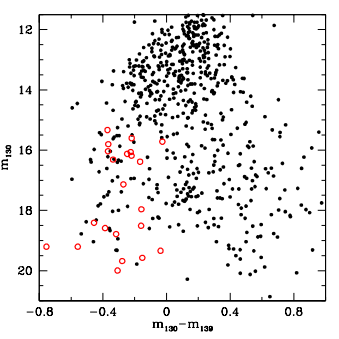2024-10-28 ペンシルベニア州立大学(PennState)
<関連情報>
- https://www.psu.edu/news/eberly-college-science/story/nasa-telescopes-discover-brown-dwarf-protoplanetary-disks-orion-nebula
- https://arxiv.org/abs/2410.10000
JWST/NIRSpecによるオリオン大星雲星団の褐色矮星の観測 JWST/NIRSpec Observations of Brown Dwarfs in the Orion Nebula Cluster
K. L. Luhman, C Alves de Oliveira, I. Baraffe, G. Chabrier, E. Manjavacas, R. J. Parker, P. Tremblin
arXiv Submitted on 13 Oct 2024
DOI:https://doi.org/10.48550/arXiv.2410.10000

Abstract
We have used the multiobject mode of the Near-Infrared Spectrograph (NIRSpec) on board the James Webb Space Telescope (JWST) to obtain low-resolution 1-5um spectra of 22 brown dwarf candidates in the Orion Nebula Cluster, which were selected with archival images from the Hubble Space Telescope. One of the targets was previously classified as a Herbig-Haro (HH) object and exhibits strong emission in H I, H2, and the fundamental band of CO, further demonstrating that HH objects can have bright emission in that CO band. The remaining targets have late spectral types (M6.5 to early L) and are young based on gravity sensitive features, as expected for low-mass members of the cluster. According to theoretical evolutionary models, these objects should have masses that range from the hydrogen burning limit to 0.003-0.007 Msun. Two of the NIRSpec targets were identified as proplyds in earlier analysis of Hubble images. They have spectral types of M6.5 and M7.5, making them two of the coolest and least massive known proplyds. Another brown dwarf shows absorption bands at 3-5um from ices containing H2O, CO2, OCN-, and CO, indicating that it is either an edge-on class II system or a class I protostar. It is the coolest and least massive object that has detections of these ice features. In addition, it appears to be the first candidate for a protostellar brown dwarf that has spectroscopy confirming its late spectral type.



